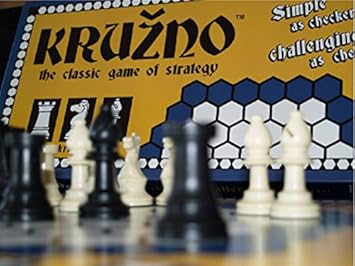Over at Vox, Matt Ygelsias very nicely hits on one of my pet peeves about people calling congestion taxes (and similarly gas taxes) regressive:
Again and again, one hears the objection that congestion fees are regressive, but I think this is doubly mistaken. Analytically, it's true that congestion fees let the rich off relatively easy, but it's also the case that it's poor people who are disproportionately likely to not own cars and to benefit from faster buses.
But more to the point, it's easy to alter your overall tax system to make a congestion charge clearly progressive. The two main options are either to use the revenue to finance a sales tax cut (sales taxes are extremely regressive) or to pay out a "congestion dividend" to all the city's residents.I think that the current conversation about taxes has poisoned people's ability to be objective about these things. Every time there is a new source of revenue, there is a push to cut progressive taxes (like the income tax). The recent cut of the top income tax bracket is a case in point.
But raising revenue can be used to provide income support and social services. It is a two step process, although I can understand the confusion about this given how we seem to focus only on a "taxes are bad meme".
But Matt is completely correct that poor people don't always have cars. And if good (i.e. fast and reliable) bus service made it possible for more families to live car-free then that would be a big win, both for road safety and pollution. Or maybe safer roads make bicycles work (even greener and cheaper). Now this requires a commitment to good public transit services (or bike lanes), but I remain puzzled as to why this is remotely controversial.
I also want to note that the people making this argument seem to have no trouble with regressive taxation in other contexts. The payroll tax is more regressive than the income tax. Want to bet which one we just cut? Sales taxes are regressive, but they show no signs of being targeted in favor of an increased capital gains tax (which is progressive). I am not saying that there are not other considerations, but I always find it puzzling how regressive is brought out in this context and not any other.
I will become much more sympathetic to the "regressive" objection when it is applied more broadly. At the margin a congestion tax can finish a family financially. But so too can sales taxes, which could make the difference between sufficient and insufficient income. So if we are going to discuss regressive taxes, can we start with the elephant in the room. It's really an astonishing example of details are just not thought through. If this is the standard then I don't see regressive as a serious problem with a tax that can be a) remedied with the right spending decisions and b) has positive social consequences. So can we drop this point?
Please?








.jpg)




.jpg)
.jpg)
.jpg)
.jpg)
.jpg)
.jpg)
.jpg)
.jpg)














